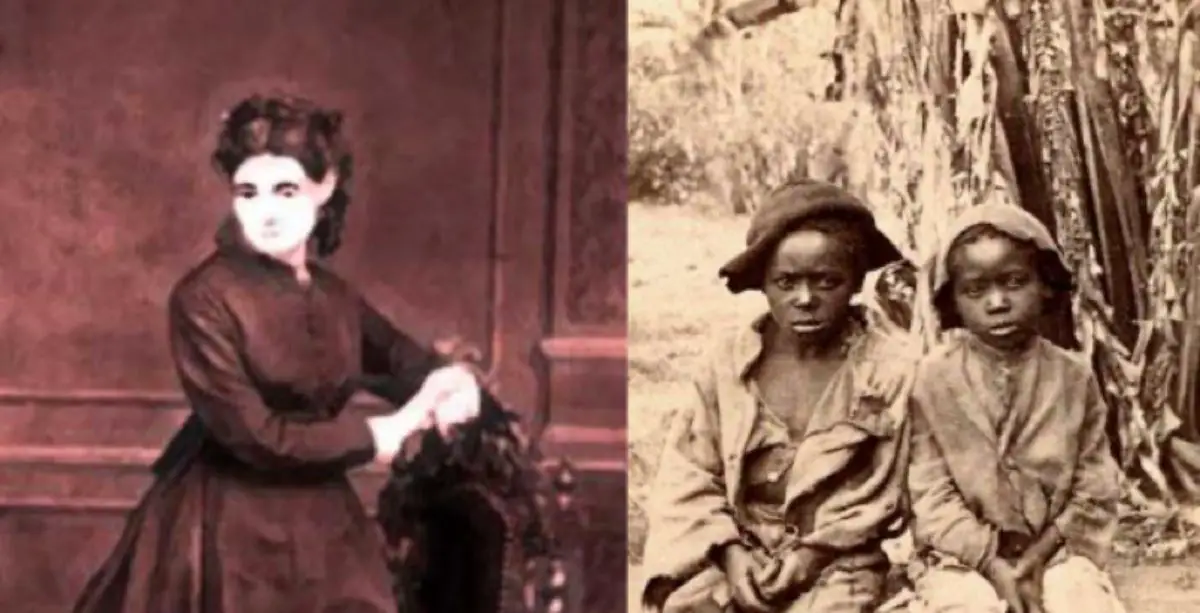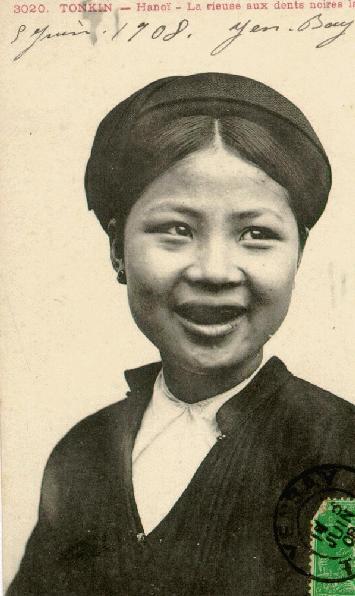 adame LaLaurie thrashed her slaves, punched holes in their heads, and left maggots to infest the openings. This is just the tip of the iceberg in terms of the terrible acts of torture done by this eighteenth-century slave owner against her slaves. Many people are baffled as to why she was so harsh. The fact that Madame LaLaurie never faced justice for her horrible crimes is perhaps the most tragic aspect of her life.
adame LaLaurie thrashed her slaves, punched holes in their heads, and left maggots to infest the openings. This is just the tip of the iceberg in terms of the terrible acts of torture done by this eighteenth-century slave owner against her slaves. Many people are baffled as to why she was so harsh. The fact that Madame LaLaurie never faced justice for her horrible crimes is perhaps the most tragic aspect of her life.
The psychopathic slaveowner
Marie Delphine Macarty was born on March 19, 1787, in New Orleans, Spanish Louisiana. She was born into a wealthy family that possessed a large number of slaves. Although her upbringing was unremarkable, the Haitian Revolution erupted when she was four years old in 1791. It is worth noting that her uncle was murdered by his slaves during the revolution.
Slave owners were harder on their slaves after the revolution in the hopes of averting fresh uprisings. We can speculate that seeing the Haitian Revolution and the murder of her uncle by slaves fueled her wickedness. She may have mistreated her slaves in order to exact revenge on her uncle. In any case, it is impossible to fathom the grounds for her cruelty. None of the slaves she slaughtered and tormented were individually responsible for her uncle’s death, thus they deserved to suffer at her hands.
Madame LaLaurie married three wealthy men and had five children. Her first two spouses passed away. Her third marriage was a young doctor named Leonard LaLaurie, whose surname she adopted, making her famous as Madame LaLaurie. They lived with their slaves at 1140 Royal Street in the French Quarter, in a three-story home owned by Madame LaLaurie.
The LaLauries were a wealthy family that held expensive parties all the time. They were well-known members of society. Madame LaLaurie was a socialite, and many ladies aspired to be like her. She was lovely and polite. Nobody knew what transpired behind her closed doors.
Her evil practices appear to have begun while she was married to her third husband. Before becoming Mrs. LaLaurie, there is no proof that Madam LaLaurie tortured or murdered any of her slaves. It’s also uncertain whether her husband was directly involved in the slaves’ torture and murder. One thing is certain: the mansion at 1140 Royal Street was a misery for the slaves who lived there.
When people began to notice that many of Madame LaLaurie’s slaves unexpectedly disappeared, rumors about her cruel ways began to circulate. Although slaves were frequently regarded as second-class citizens at the time, there were rules prohibiting the especially brutal treatment of slaves.
Until April 10, 1834, no one knew the extent of Madame LaLaurie’s slave mistreatment. A fire broke out at the LaLaurie home on this day. The fire began in the kitchen. The house cook, an elderly woman, was tied to the stove when police and fire marshals arrived. When they questioned her, they discovered that she had caused the fire in order to commit suicide. Why had the elderly lady opted to end her life in this manner?
After additional questioning, the woman revealed that Madame LaLaurie had threatened to take her to the top room. No one who went to the upper room ever returned, according to the cook.
The lady had decided that it was better to die than suffer at the hands of Madame LaLaurie.
Following this discovery, the top chamber was broken into in order to investigate the cook’s assertions. And, without a doubt, the top room was hell on Earth for the slaves who ended up there. The bodies of several slaves were discovered on the top floor, but that was not the worst of it.
Slaves were tortured in the top room. The slaves discovered alive were deathly emaciated, indicating that they had not been fed in years. A woman was discovered wrapped in her intestines, and another was discovered with their mouth stitched shut with feces in it.
Metal bars with spikes were wrapped around the slaves’ necks to prevent them from moving their heads, while others were placed in small cages and their bones were smashed to fit in.
Justice never served
The lovely, lovely, and seemingly friendly woman was a vicious murderer. People have never seen slaves handled so cruelly. Given that it was acceptable to mistreat slaves at the time, this speaks a lot. Madame LaLaurie, on the other hand, had crossed the line, and the entire town concurred.
The LaLaurie house’s very harsh treatment of slaves was prohibited and hence merited criminal charges. More importantly, the brutal attitude of the LaLaurie’s infuriated the New Orleans community. This inspired many people to seek justice for themselves. Mobs razed the mansion and all of its contents at 1140 Royal Street. They also discovered a number of tombs on the land. The slaves slaughtered by Madame LaLaurie were buried in these graves.
However, Madame LaLaurie and her family fled the neighborhood before the mob arrived and were never seen again in New Orleans. After the fire, little is known about Madame LaLaurie. She is thought to have fled to Paris, where she died in 1849.
Avid Writer with invaluable knowledge of Humanity!
Upcoming historian with over 30 million views online.
“You make your own life.”





